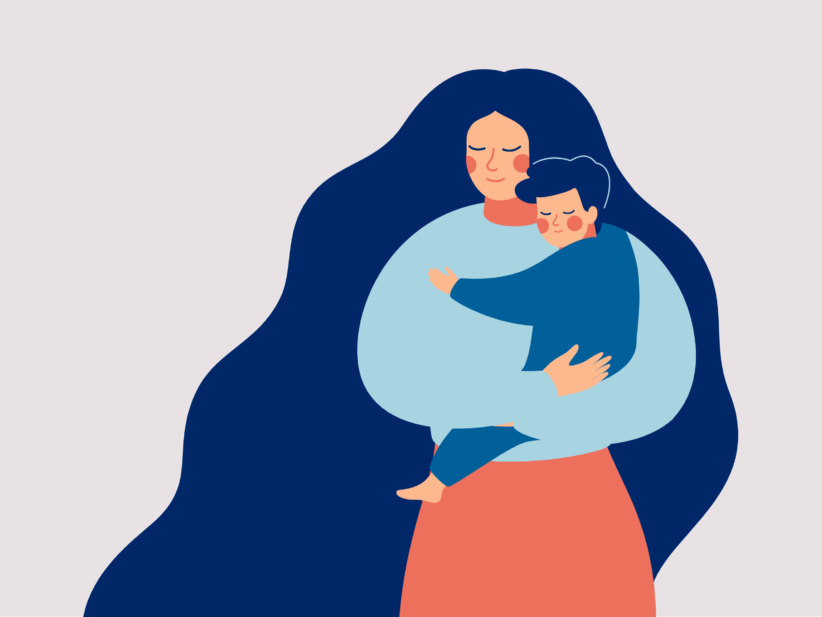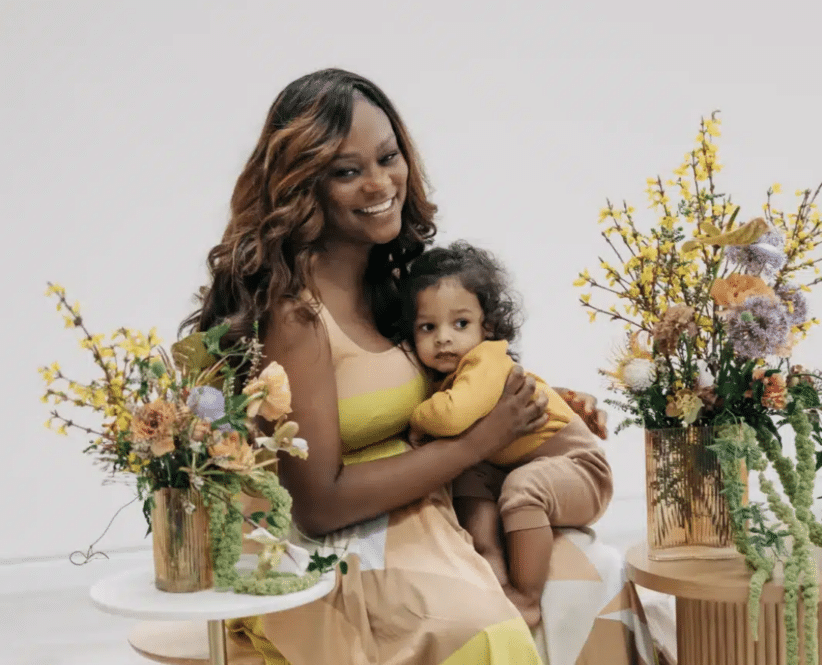Don’t be fooled by the book title “Modern Families: Parents and Children in New Family Forms.” It is not about the Emmy-winning television series “Modern Family,” which relates the humorous experiences of three current-day families. The book “Modern Families” is written by Susan Golombok, professor of Family Research and director for the Centre for Family Research at the University of Cambridge. In her book she assembles together about 40 years-worth of “cutting-edge” research about modern family models.
Although “Modern Families,” March, 2015, consists of research studies and its results, it is similar to that of the popular television show in depicting the struggles and triumphs of different, evolving contemporary families. The conclusions Golombok makes from the research studies are fascinating and definitely worth reading. She not only stresses the positive aspects of these new modern family models, but highlights the drawbacks as well.
Most of the research Golombok cites in her book are studies done in economically developed countries since the early 1980s. The results of the studies attest to her conclusions. One interesting inference was that children raised by lesbian and homosexual couples do not suffer gender identity crisis. The worst situation these children experience are environments where they feel ashamed to talk about their families. Unfortunately, homophobia exists in the world and children from single-sex couples should be prepared to encounter this type of discrimination.
The book also discusses children conceived through in vitro fertilization, in which a sperm and an egg are fertilized in a laboratory to create an embryo, which is then implanted into a woman’s uterus. Another form of in vitro fertilization is intracytoplasmic sperm injection, when a single sperm is injected directly into an egg. Many times when these procedures are conducted, multiple embryos are used for each ovulation cycle. Consequently, some mothers give birth to multiple children at the same time.
According to Golombok, there are “physical risks associated with multiple births, including perinatal mortality, preterm deliveries, low birth weight and neonatal problems and disability.” Due to these problems in multiple births, she writes, “some countries have introduced regulations to limit the number of embryos used in an IVF or ICSI cycle. In the United States, however, the incidence of multiple births following IVF and ICSI remains above 30 percent.”
Children conceived with siblings of the same age also experience developmental delays in infancy, which is common for twins, however, by age 5, they had caught up to their peers in terms of motor skills. While families experience emotional and financial stress in raising numerous babies at the same time, once these children had reached adulthood, they lacked any physiological or psychological problems that may had been caused by their conception.
Another modern family structure causing a lot of controversy is surrogacy. A couple with fertility problems can ask a surrogate to be impregnated with their embryo and give birth to their child. An alternative option is having the surrogate contribute her own egg to a man’s sperm to create an embryo and carry the child.
Homosexual men sometimes use surrogates when they want a child with a genetic link. Studies show that some children continue to see their surrogate mothers after childbirth and have relationships with the surrogate and her family throughout their lifetimes.
Due to the high cost of hiring a surrogate (some agencies will charge up to $100,000), many US couples are going to economically developing countries, like India, to find women who will carry their child for much less expense. Many people are concerned that surrogate mothers will refuse to hand over the baby after the birth, but statistics show this rarely happens. There are only a few recent studies done on surrogacy, but those that exist prove that children conceived in this manner grow up and adjust just as normally as any child their age would.
Another category under the “modern family” heading is single men and women who decide to conceive or adopt children and raise them by themselves. If a woman wants a genetic link to her child, she can get pregnant by donor sperm insemination. Women nowadays have the option to freeze their eggs or embryos (with donor sperm) in their 20s and 30s and then postpone having a child until their 40s. A new trend is an increasing number of single men electing to have a child with the use of a surrogate. These types of single mothers and fathers are usually financially independent and have a strong network of family and friends to help them raise their children.
Children brought up by single mothers and fathers “by choice” generally do not suffer from any psychological problems associated with their conception. They build a very close bond with the parent who raises them, yet often miss having another parent. These children are almost always informed about how they were conceived because of the absent second parent and usually search for their other birth parent.
When these children find their birth parent, they are generally glad to have met them. They frequently, nevertheless, choose to have long-term relationships with their donor siblings. “In 2000, the Donor Sibling Registry — an internet site designed to facilitate the search for donors as well as families who share the same donor — was established in the USA by a donor-conceived boy and his mother,” Golombok writes. “Since that time, 44,000 people have registered with this website and more than 11,000 matches between donor offspring, donors and donor siblings have been made.”
Looking back at the feedback of all the participants, Golombok believes it is best to let children know how they were conceived around age 10, when they will be able to have some comprehension of the in vitro and surrogacy processes. When families are open with their children about their conception, they tend to get along better and there is less conflict within the household. When parents withhold information from children about their origins, there becomes a greater likelihood for stress and tension in familial relationships.
Many single-sex parents, especially men, consider adoption as a choice for having children. While some adoption agencies were initially skeptical about same-sex parents raising children, the success of so many single-sex familes has allayed their fears. When children are adopted before the age of 1, there are fewer psychological problems between the parent and child. When a child is adopted after the age of 1, he or she is more likely to encounter neglect and abuse before being adopted, and, as a result, experience psychological problems later on.
One of the most predominant modern family forms is the divorced or separated single parent raising her children alone. Golombok writes, “Approximately 40 to 50 percent of married couples in the U.S. divorce … studies have consistently shown that children whose parents divorce are more likely to show emotional and behavioral problems and are less likely to perform well at school than are children in intact families.”
Although these negative behavioral patterns in children of divorce decline as the years pass on, especially for girls, “boys still showed higher level of conduct problems.” Much of the research on the psychological problems in children of divorce indicates that these children suffered not as a repercussion of an absent parent, but due to conflict and hostility in the home before the parents separated.
In another study it was found that depressed parents with marital problems can cause depression in their children. Despite the economic hardships divorce can make for families, the effects of unhappy, married parents can produce a worse scenario for children. Golombok implies that, in the end, all it takes is a loving parent with some discipline, structure and open communication to create a better home for a child.
To obtain more information about Susan Golombok and her book, “Modern Families,” visit these two websites www.cfr.cam.ac.uk or www.child
Allison Plitt is a freelance writer who lives in Queens with her husband and young daughter. She is a frequent contributor to New York Parenting.






















